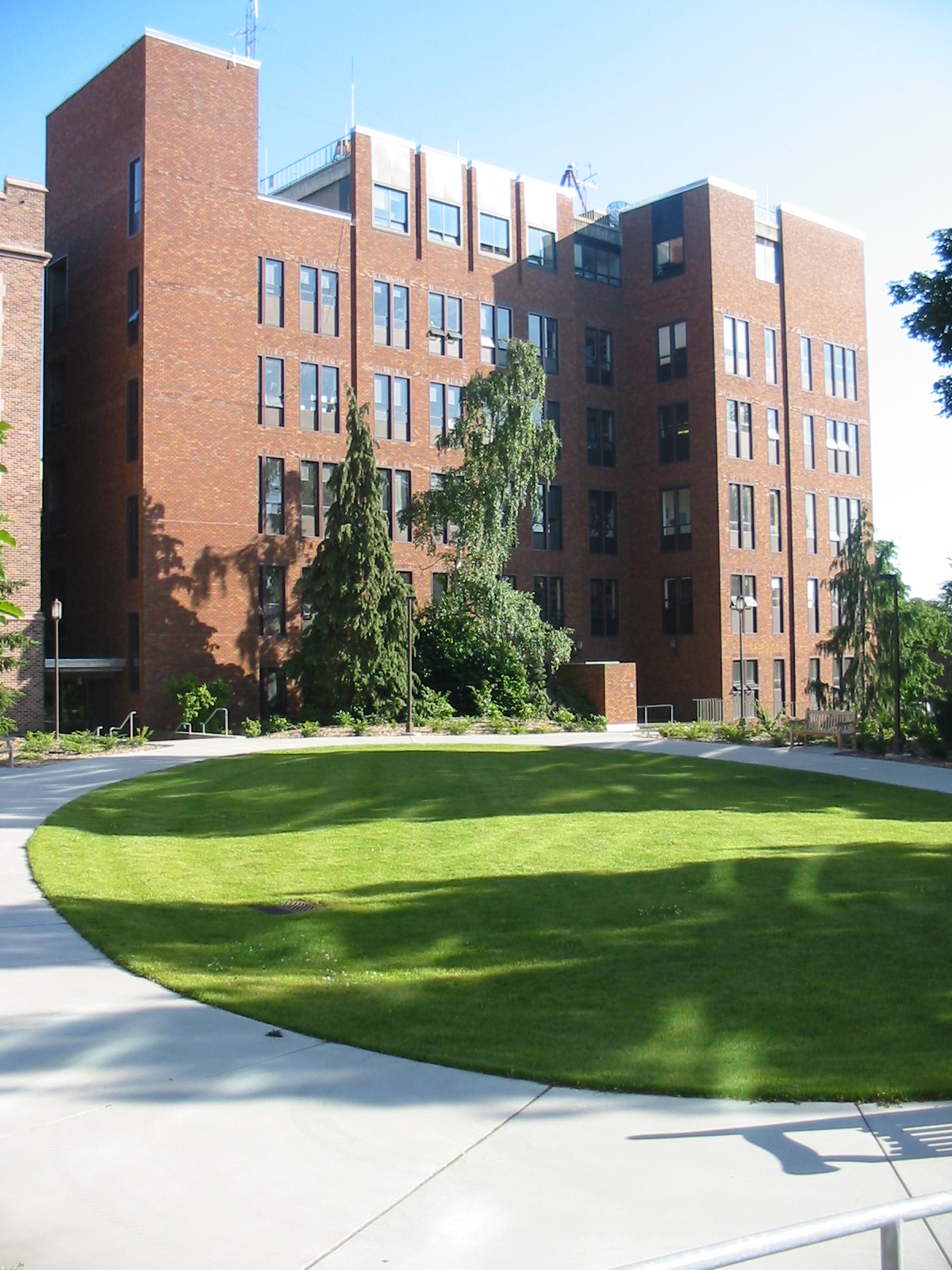Executive Summary
Many of us will have noticed that the lights in communal areas of UW buildings often get left on even after the last person in the area has left. This wastage is likely to occur overnight, at weekends and over holidays. We propose to install motion activated light switches in the corridors of 6 floors of the Atmospheric Sciences building (ATG Building), which will switch off automatically after a specified amount of time if no motion is detected. If someone walks into the area then the lights will switch back on in that area. We present a solution based on switches and sensors that communicate wirelessly, which eliminates the need for extra wiring to connect the motion sensors and the lighting circuit. The technology is well-proven and installation is straightforward.
Several environmental problems stem from electricity wastage. Washington State generates most of its electricity from hydroelectric power. Therefore, the energy savings from this project will help improve stream and river flows for endangered species such as salmon. The electricity savings are likely to have a significant future environmental impact since reduction of electricity usage at the point of use is recognized as one of the most effective ways of scaling back energy generation requirements at the power plant level due to the large loss of energy in transmission. With a growing population Seattle will need to increase efficiency in order to meet future needs using renewables.
We estimate that our scheme could prevent over 16,000 kWh of electricity usage annually, which is enough to power a student bedroom (approximated at 3 kWh per day) for almost 15 years. This wastage costs the university almost $1000 a year, which is money that could be used in productive ways. Scaled to the whole campus the wastage is very large indeed. We intend to install light monitoring devices that will enable us to log when the lights have been turned off by the system and thus allow us to quantify the exact amount of electricity saved and also to estimate any potential effects of switching on the lifetimes of the bulbs.
The estimated cost of the project, including materials, labor, taxes, advertisement and outreach costs is $7775.74. However, we calculate that due to the electricity savings, the full project costs will be recouped after only 8 years. If considering only materials and labor (i.e. without outreach, etc. costs), this is reduced to only 6.1 years.
The project will be led by Dr. Daniel Grosvenor (UW research Associate, Atmospheric Sciences) and Prof. Robert Wood (faculty Associate Professor, Atmospheric Sciences). They will also act as student mentors for 3-4 students who will be involved in the project. One of these was involved in writing this proposal.
